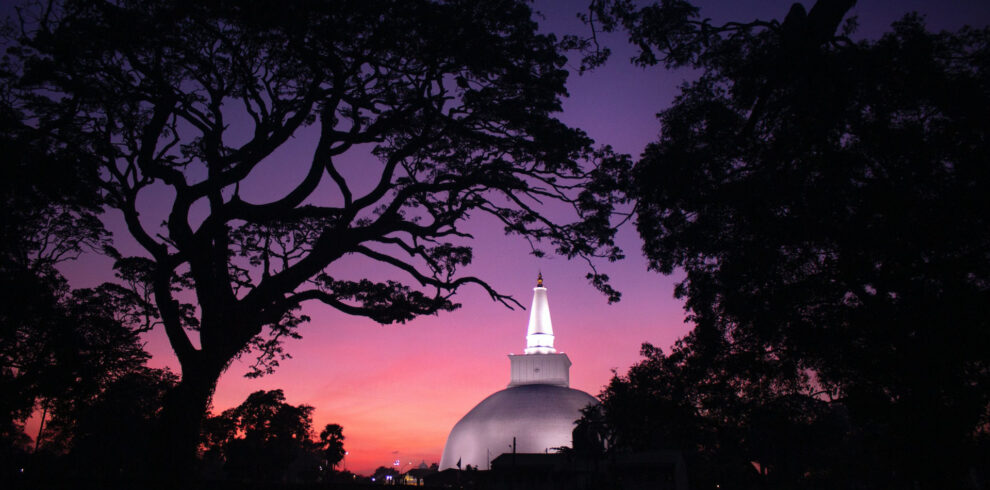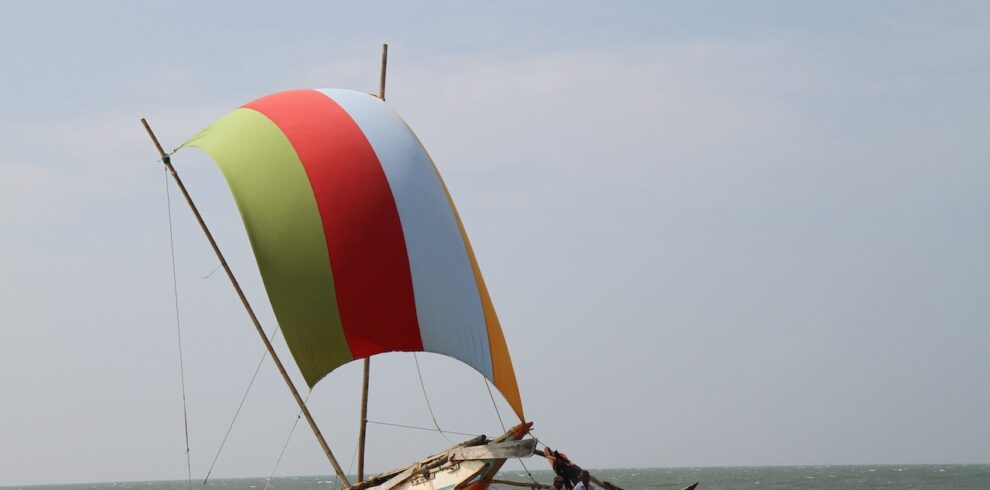OVERVIEW
Polonnaruwa Kingdom or the Ancient city of Polonnaruwa was the second capital of Sri Lanka for three centuries between the 11th to 13th century after the destruction of Anuradhapura Kingdom in 993. It is located in north central province of Sri Lanka. Due to its archeological prominence and the ancient technological superiority UNESCO declared Polonnaruwa as a World Heritage in 1982 under the name of Ancient City of Polonnaruwa. The time of King Parakramabahu was considered as the Golden Age of Polonnaruwa. Trade and agriculture flourished under the patronage of the king, who was so adamant that no drop of water falling from the heavens was to be wasted and each was to be used toward the development of the land. Hence, irrigation systems that are far superior to those of the Anuradhapura age were constructed during Parakramabahu’s reign – systems which to this day supply the water necessary for paddy cultivation during the scorching dry season in the east of the country. The greatest of these systems is the Parakrama Samudra or the Sea of Parakrama.
Archaeological Museum, Polonnaruwa – Though the museum looks like a small, simple hut from outside it consists of a variety of informative visuals and artefacts inside. It is composed with information regarding the monuments and statues and other brick works (A miscellaneous collection of small articles commonly of ornamental or sentimental value). Archaeological Museum of Polonnaruwa has rooms dedicated to the citadel, the outer city, the monastery area and Hindu monuments. The latter room contains a wonderful selection of bronzes, including some outstanding Shiva statues. You may obtain your entrance ticket to Polonnaruwa UNESCO site from the museum as well.
Kiri Vehera (Stupa) -It is a whitewashed, 80 feet tall, peaceful stupa and is the second largest stupa in this protected archeological site in Sri Lanka. Kiri Vehara was constructed in the 11th century AD, by King Parakramabahu’s queen, Queen Subhadra. The original name Rupavathi Chaitya, later named to Kiri Vehara, which means ‘white stupa’, which is because of its lime washed coating.
Polonnaruwa Vatadage (Circular Relic Chamber) – It was constructed during the reign of the king Parakramabahu to house the Buddha’s tooth relic or during the reign of Nissanka Malla of Polonnaruwa to house the Buddha’s alms bowl. Both of these revered artifacts would have given the edifice a great deal of historical value. This edifice is a superb example of a typical Sri Lankan Vatadage, as it is built in the Buddulakara or bubble-shaped pattern. This is recommended place for archeological educational tours in Sri Lanka.
Nissanka Latha Mandapaya- A very unique structure built by King Nissankamalla in the 1100s, the Nissanka Latha Mandapaya is believed to be the recitation house for Buddhist chanting (Pirith). Nissanka Latha Mandapaya is one-of-a-kind Sri Lankan building. For a variety of reasons, this architectural marvel is unique.
Gal Vihara –Gal Vihara or previously known as Uththara Ramaya is a Buddhist rock shrine in the UNESCO World Heritage city of Polonnaruwa in Sri Lanka. This is one of the must visited places if you visit to Polonnaruwa. It features four rock statues, each depicting a different Buddha image. The first one is where Buddha is seated on a lotus, the second one is also a seated figure but smaller in size, the third one is a standing figure, and the last one is a reclining figure. Gal Vihara is the most prominent of all hundred temples that were built throughout Sri Lanka by the king Parakramabahu. It is important in Buddhist pilgrimage tours in Sri Lanka.
Sandakada Pahana (Moonstone) –Moonstone, is a unique element of ancient architecture. Sandakada Pahana is a magnificently carved semi-circular stone slab usually placed at the bottom of staircases and entrances. It demonstrates religious beliefs in diversified manner. Archeologists believes that the Sandakada Pahana symbolizes the cycle of Saṃsāra in Buddhism. Recommend witnessing this historical symbol during your holiday in Sri Lanka which gives you an insight of centuries old Buddhist Culture of Sri Lanka.
Lotus Pond -The historic pond of Nelum Pokuna (Lotus Pond) has a distinctive design created by ancient Sri Lankan architects. The pond’s name comes from its design, which resembles a fully blossomed lotus flower. This pond is small in comparison to the other ponds in Polonnaruwa’s ancient city, and it is made of stones. The structural design of the Nelum Pokuna Theatre in Colombo also has been inspired by this Lotus Pond. One of the unique ancient constructions in Ancient City of Polonnaruwa.
Parakrama Samudraya– Parakrama Samudraya is a freshwater body which was built in the 11th century by the king Parakramabahu the Great. The Parakrama Samudraya, also known as the ‘Sea of Parakrama,’ was developed as an irrigation solution to deliver water to the kingdom’s vast paddy fields. The Parakrama Samudra continues to provide water to about 18,000 acres of nearby agriculture fields. Also we recommend you to have a boat ride in Parakrama Samudraya during your family adventure holiday in Sri Lanka.
Cycle ride along the Parakrama Samudraya Lake Bund
Lake bund of the Parakrama Samudraya is about 14 KM long and it offers many fascinating views of the lake, archaeological sites and paddy fields. In order to witness these wonderful sightings, can have a walk or a cycle ride along this lake bund which is considered as the longest man-made lake bund in Sri Lanka. Cycle ride along the Parakrama Samudraya Lake Bund is recommend during your family adventure holiday in Sri Lanka.
Parakramabahu Statue-The Parakramabahu statue is a colossal statue in Polonnaruwa Ancient City that faces the Parakrama Samudra Reservoir. The statue was created by King Parakramabahu I and is placed near the Potgul Vihara monastic complex. The figure itself is carved into a large rock during the 12th Century AD. It is one of the finest stone statues belonging to this period. Close to twelve feet tall, this statue is of a man with a grave, but wise expression with half-closed eyes and a sad smile as he reads from what most think is a manuscript he holds in his hands at around chest height.
TAKE A TOUR OF THE FOLLOWING LOCATIONS
- Archaeological Museum
- Ancient site including ancient monuments such as Gal Viharaya
- KiriVihara
- Kumara Pokuna
- Vatadage
- Visit Parakrama Samudraya (Sea) a masterpiece of ancient hydraulic management
- Money conservation center
- Enjoy a typical Sri Lankan local Lunch
- Cycle ride through ancient site
- Nissanka Latha Mandapaya
- Sandakada Pahana (Moonstone)
- Lotus Pond
- Parakramabahu Statue





